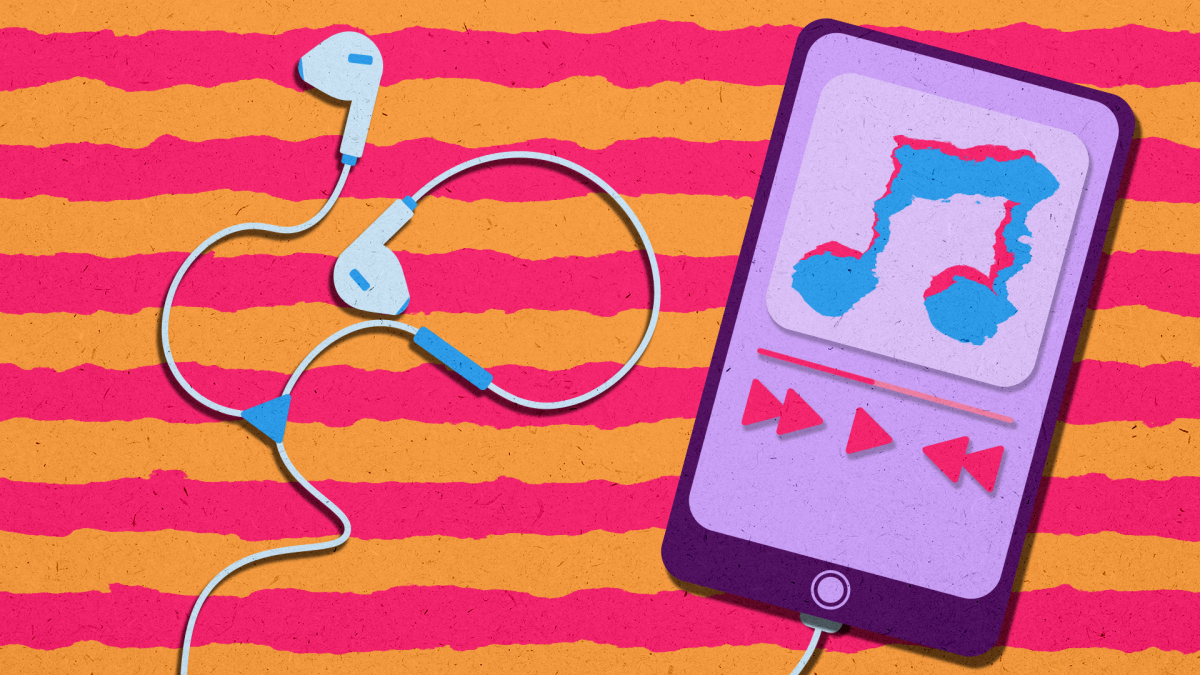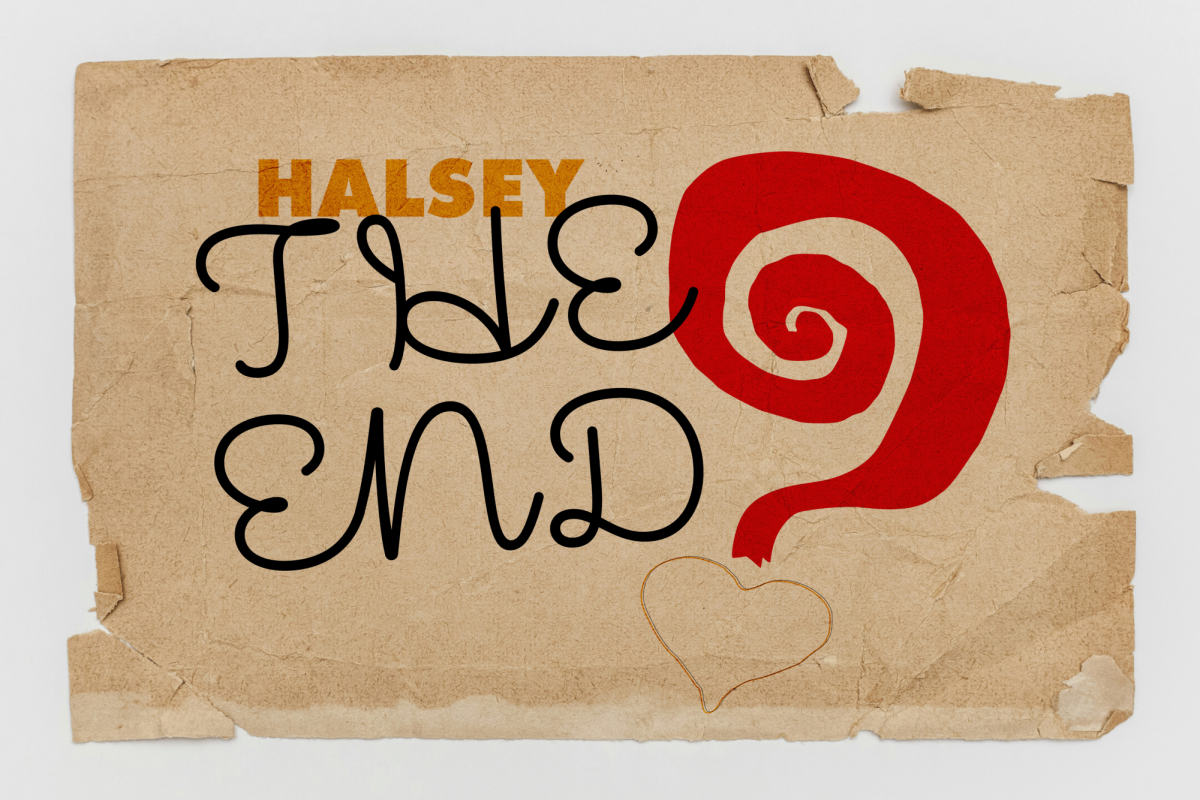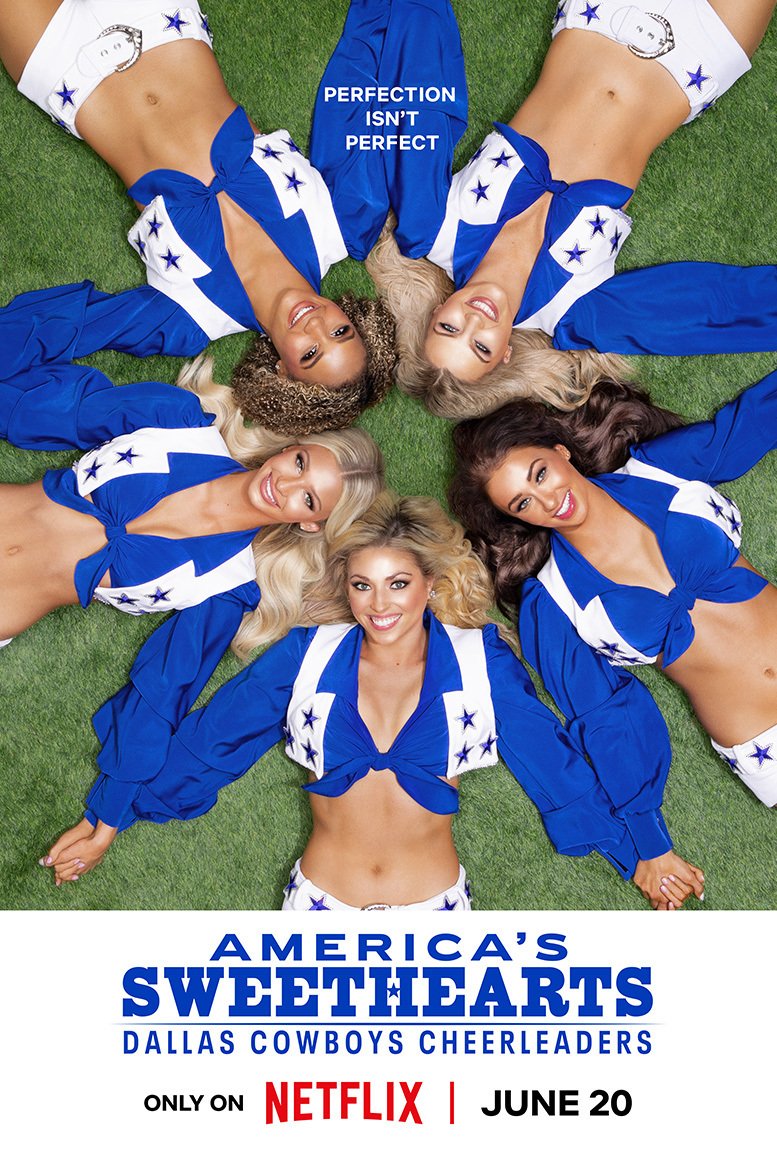In her opening remarks at an ArtsLINK conference held at the University of Utah on March 3, Kelby McIntyre-Martinez, assistant dean for Arts Education & Community Engagement at the U, explained the creativity and confidence of children is boundless.
“When you ask a group of children ‘Who is a dancer?’ all of their hands shoot up. When you ask ‘Who is a singer?’ or ‘Who is a writer?’ all of their hands shoot up,” McIntyre-Martinez said. “Children are so creative, but by the time they’re in third grade, we crush it out of them.”
Fostering this creativity, the educational benefits and the emotional impact theater and other arts programs have on students are the reason these programs are important to have in schools.
Theater programs emotionally help impact children as young as kindergarten-age and as old as high school seniors. Programs created for elementary classrooms encourage students’ emotional and social development, while similar programs in middle schools improve students’ confidence, creativity and classroom engagement. Advanced programs in high school allow students to develop a better sense of understanding for others and they help their ability to control their emotions.
Arts programs are not only providing students with the tools they need to build better relationships and moderate emotional reactions. They’re improving attendance in classrooms, scores on standardized tests in all grade levels and students’ likelihood of getting a bachelor’s degree.
According to the Beverly Taylor Sorenson Arts Learning Program, with arts-integrated instruction at East Elementary, students in first grade “scored 40 percent higher on the test than the average of children in other first grade classes.”
The Educational Theatre Association’s research shows students in fourth grade with theater integrated into their social studies and language arts classes are “almost 100 percent more likely to pass a state-based language arts test.”
Many schools want students to perform well on standardized testing for a myriad of reasons. For example, holding educators accountable for the failures or successes of their students by allocating funding based on test scores. The government likes to know education systems are working and students are meeting learning objectives outlined in policies, like the No Child Left Behind Act. The government does this through testing, but it appears learning from books isn’t the best learning method for all students. Incorporating arts programs into a curriculum that already exists improves students’ memories and reduces the number of books needed in classrooms. Ultimately, this creates more interactive lesson plans that allow schools to redirect funds to necessary supplies or programs.
These lessons are fun and don’t require supplies, so they end up encouraging student attendance in class. Students participating in arts programs are three times more likely to win attendance awards. Class attendance reduces drop-out rates and encourages students to pursue higher education, because students have faith in their ability to succeed.
The arts have a profound effect on students’ well-being and education, so instead of crushing their creativity, we should allow it to influence the way teachers teach — join McIntyre-Martinez or any of the other outreach programs by going online or getting in touch with the College of Fine Arts.
@ladyofth3lak3




















Michael Khoe • May 1, 2018 at 3:55 pm
Great reminder on the importance of the arts! However, a word of caution. Be careful not to found your argument inadvertently on the value of something else (e.g. standardized tests). The arts are unique in the skill sets they cultivate – creativity, imagination, critical thinking, innovation, introspection, communication.
When we say, “Kids need more arts because arts raise test scores,” we’re really saying arts are only important because test scores are important. Really we need to be saying that the arts are important because they develop skills that are essential for life success that students are not getting in their STEM-focused curriculum.
As a founder and executive director of an arts-based non-profit, this is a trap that I’ve fallen into and am constantly vigilant to avoid.
Thank you for understanding the value of the arts!